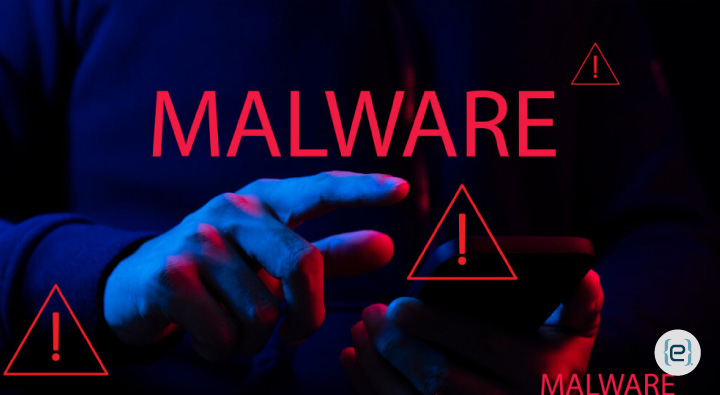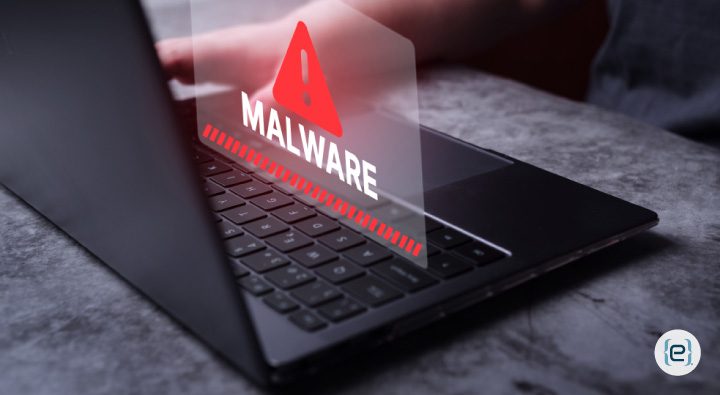Fileless malware is a sophisticated form of cyberattack that sets itself apart from traditional malware. Unlike typical malware, which involves files stored on the system, fileless malware leaves no trace because it exploits existing system tools and processes. This makes it harder to detect or reverse. Understanding the complex nature of fileless malware has become crucial, given the rise in sophisticated cyber-attacks.
What is Fileless Malware?
Regular malware infiltrates devices by adding malicious files, such as Trojans, ransomware, or network worms. However, fileless malware is a different beast. It resides in the memory (RAM) of your system, leaving no trace on the disk. It loads into memory and executes as part of trusted processes, using tools like PowerShell or Windows Management Instrumentation (WMI), without an on-disk file for antivirus tools to detect.
How it Works
-
- Initial Access: Attackers exploit vulnerabilities through phishing emails, malicious links, or compromised websites to gain access.
- Process Hijacking: The malware injects itself into trusted processes such as PowerShell or WMI.
- In-Memory Execution: Since everything runs in memory, the malware leaves no physical footprint on the hard drive.
- Persistence Mechanism: Some variants achieve persistence by modifying registry entries or abusing scheduled tasks.
- Exfiltration or Damage: Fileless malware can steal data, install further malicious components, or act as an entry point for larger attacks like ransomware.
The Dangers of Fileless Malware
- Evasion of Antivirus Tools: Fileless malware bypasses traditional antivirus and endpoint detection tools that rely on scanning for malicious files. Even organizations with robust defenses find it hard to detect these threats.
- Leveraging Trusted Tools: Attackers use trusted processes like PowerShell, JavaScript, and WMI to bypass detection. These tools are often ignored by security teams because they are necessary for system operations.
- Increased Persistence: Some fileless malware targets registry keys or scheduled tasks to persist after a reboot. Others run solely in memory, disappearing once the system reboots.

How Fileless Malware Spreads
- Phishing Emails: Attackers send emails with malicious links or attachments. When users click them, the malware is activated.
- Malicious Websites: Cybercriminals booby-trap websites with code that exploits browser vulnerabilities, loading the malware directly into memory.
- Malicious Executables: Though lacking a portable file, some executables are contaminated with malware, infecting victims when booted.
- Exploits in Software: Attackers exploit vulnerabilities in outdated software to inject malicious code without using files.
- RDP Abuse: Threat actors inject commands into legitimate processes remotely using weak or stolen RDP settings.
High-Profile Examples
- Operation Cobalt Strike: A popular fileless attack tool, Cobalt Strike is meant for penetration testing but is commonly used by cybercriminals to infiltrate networks and execute commands in system memory.
- FIN7: This financially motivated threat group targets financial institutions using fileless techniques, injecting in-memory malware into running processes to steal payment data without detection.
Conclusion
Fileless malware represents a significant advancement in cyberattacks, posing a crucial challenge for companies today. Standard antivirus tools struggle to detect it, as fileless malware can run completely in memory, hijacking legitimate processes. In the face of increasingly polished cyber tactics, remote access security must adopt measures like behavior-based analysis and strict user roles to prevent harm. Educating employees on these threats is essential.
Understanding how fileless malware works and taking appropriate steps can protect your business and home systems from this invisible enemy. Cybercrime never sleeps, and the adage “an ounce of prevention is worth a pound of cure” holds true. Knowledge is your first line of defense in securing a safer digital future.
To learn more about how eMazzanti can help safeguard your systems, contact us today. Our security and privacy services offer comprehensive solutions to protect your business from evolving threats.






